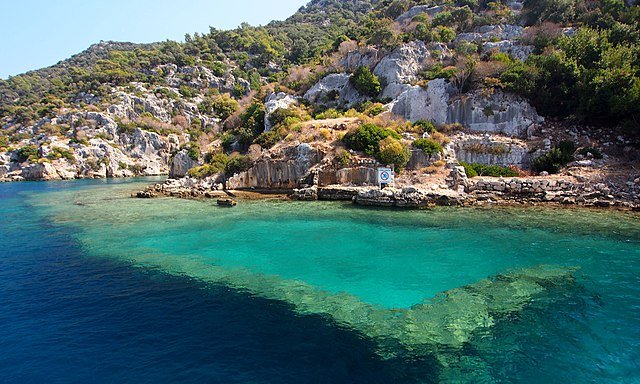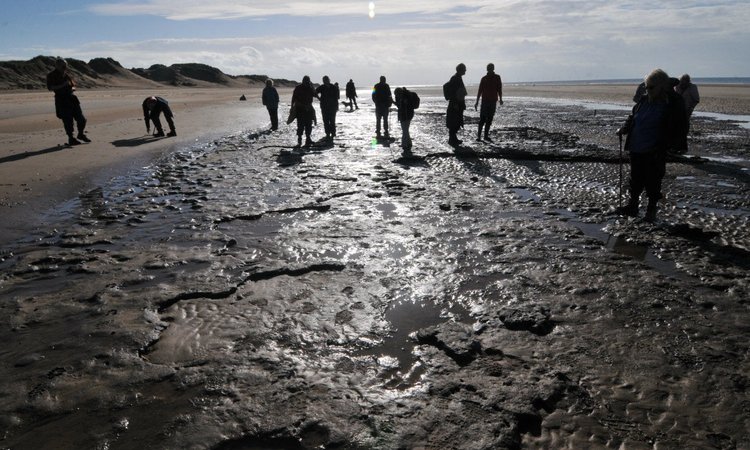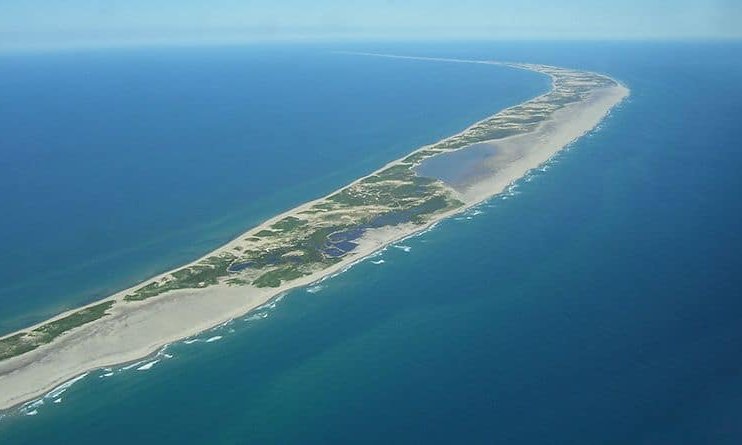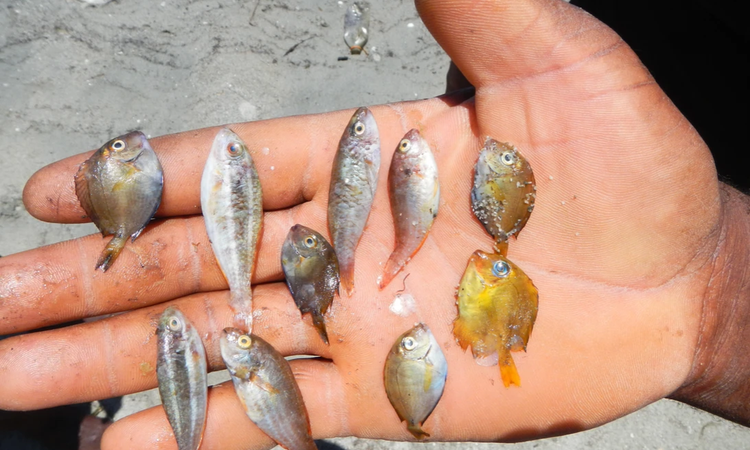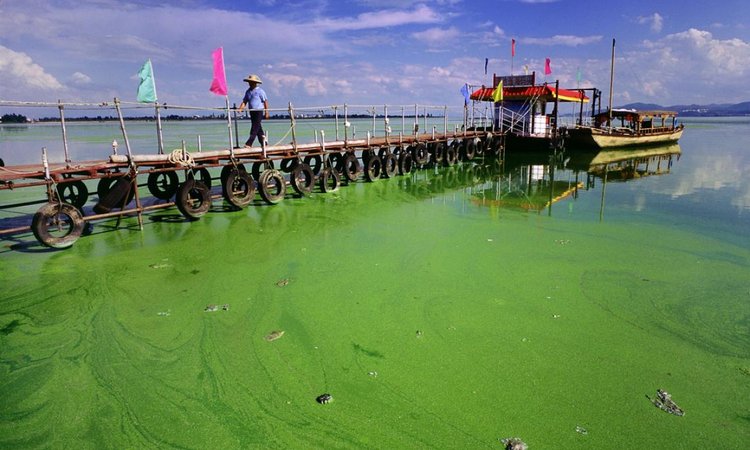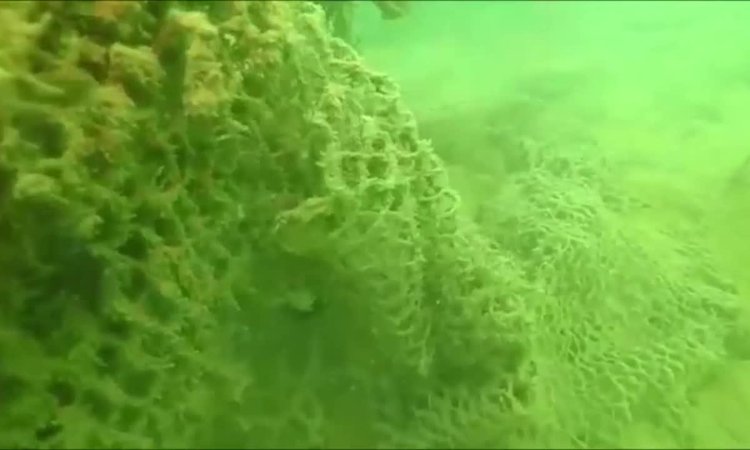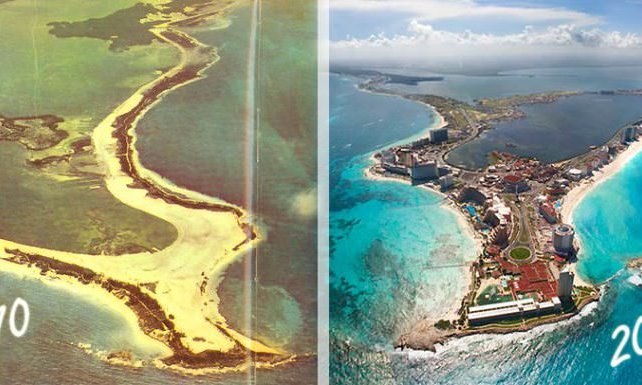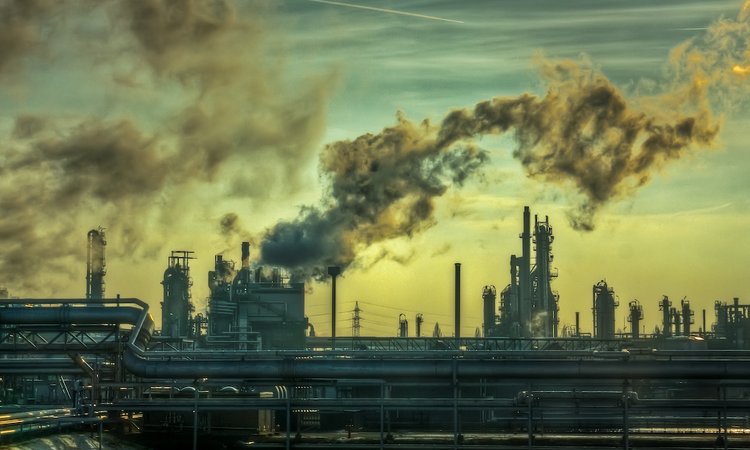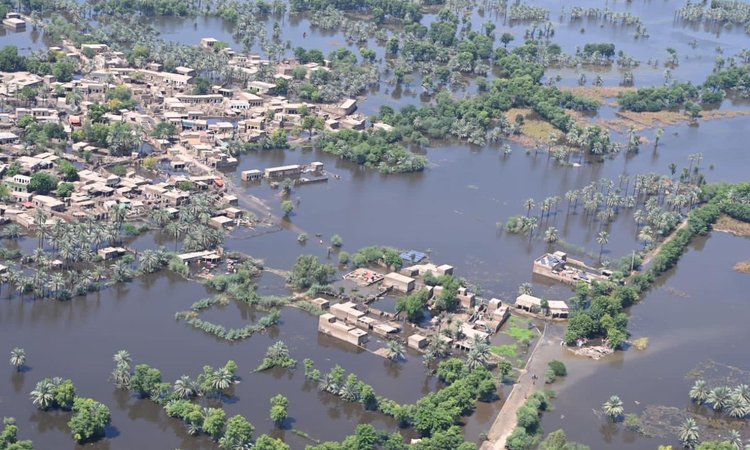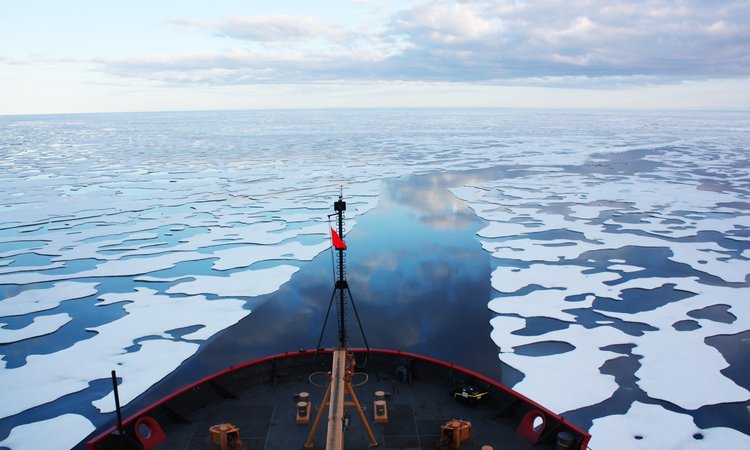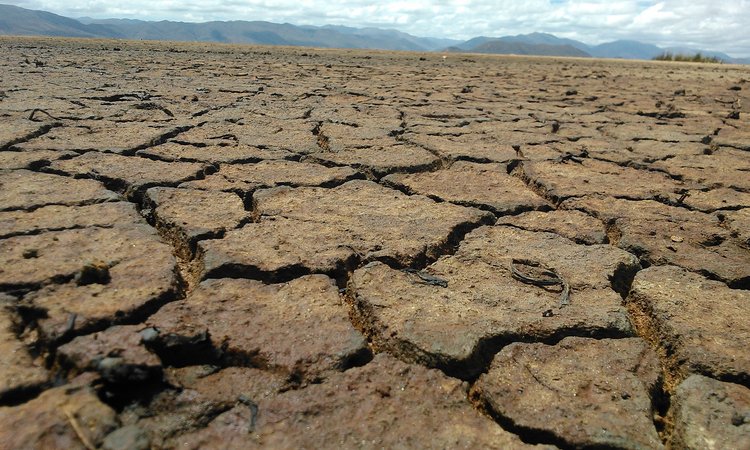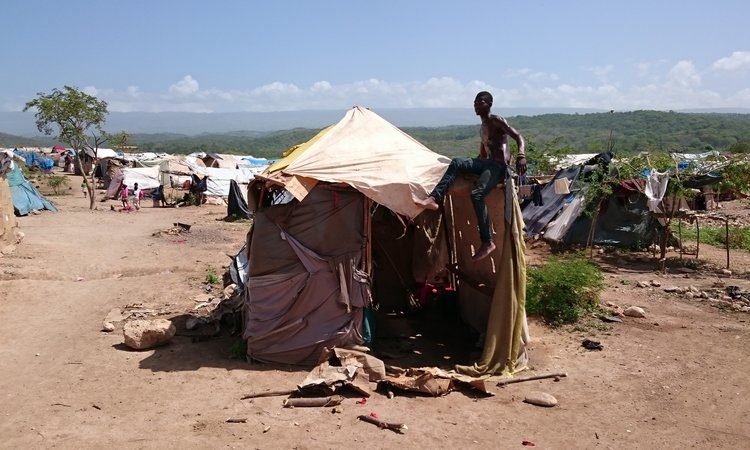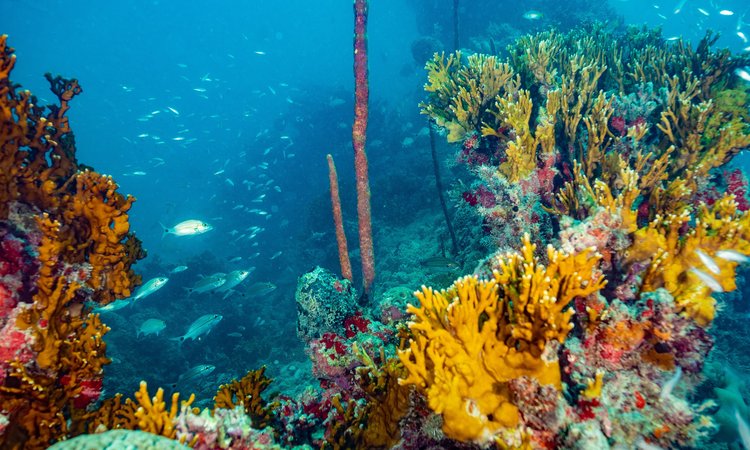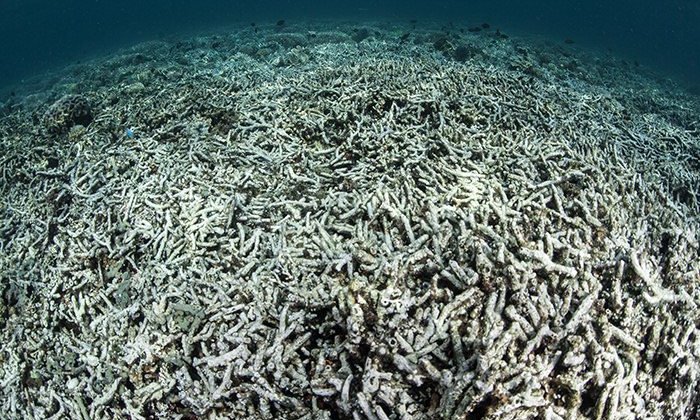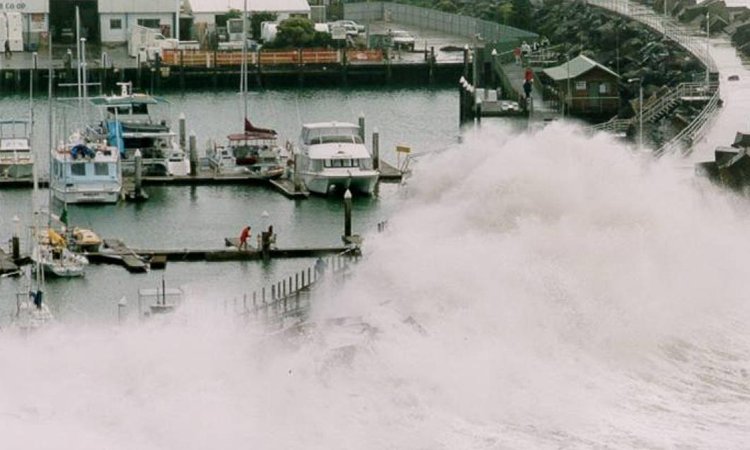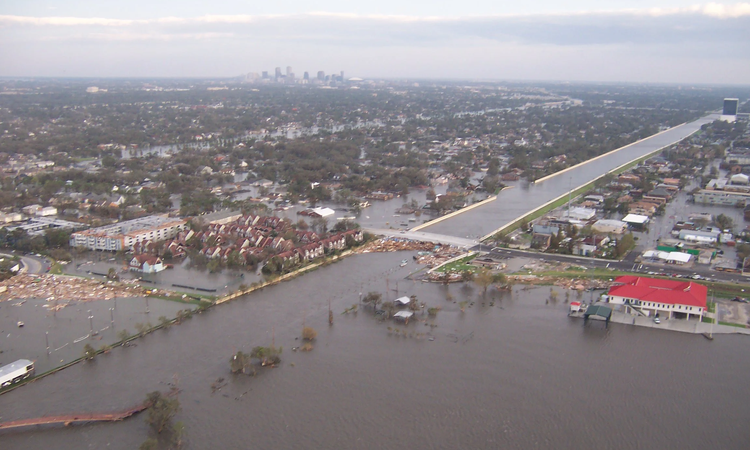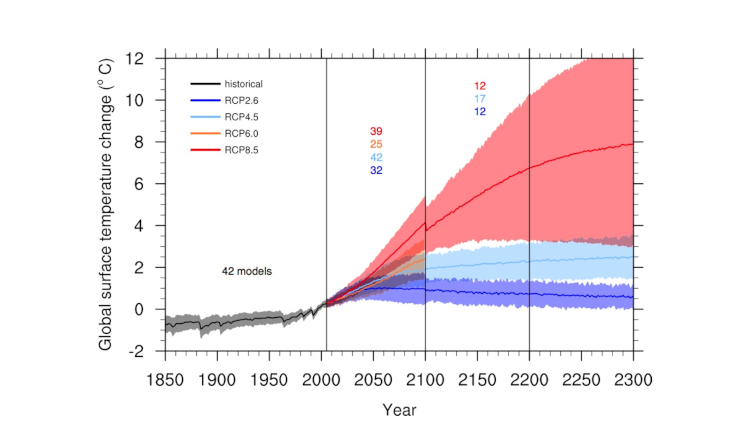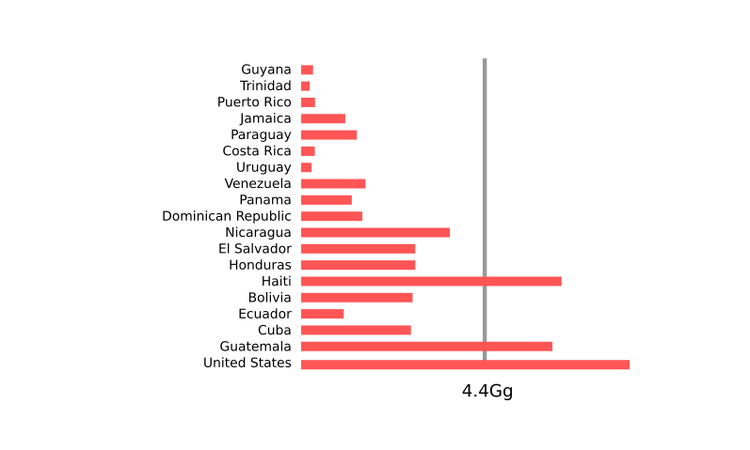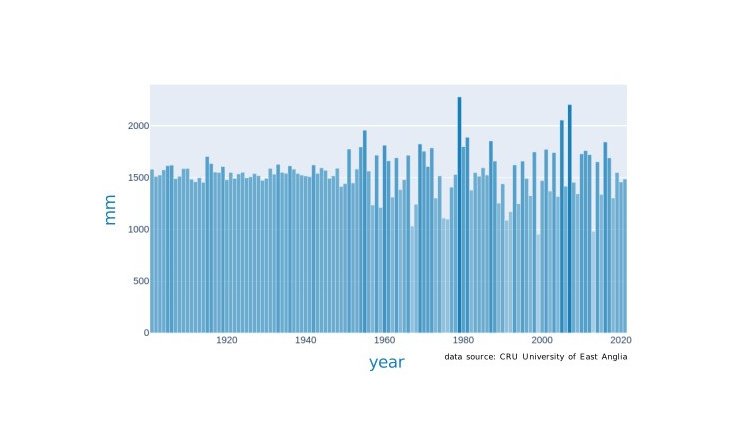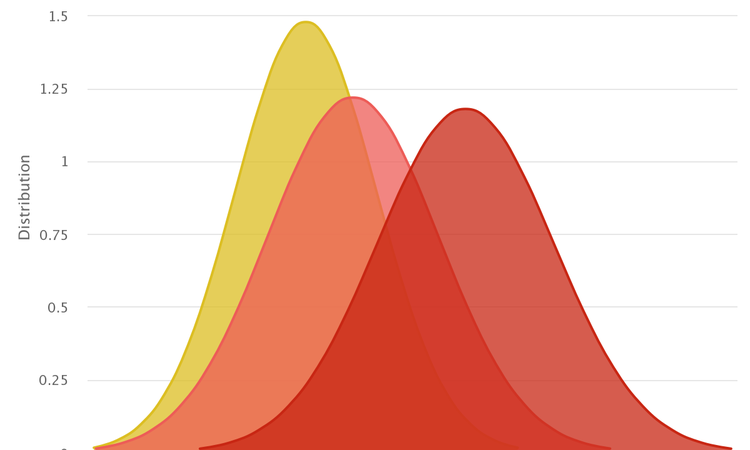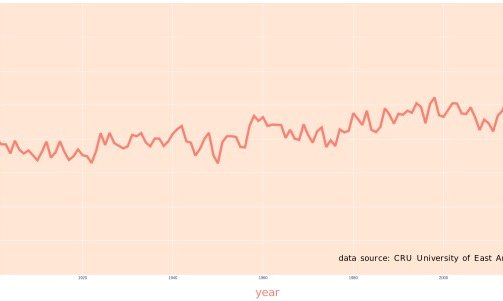1 How coastlines change
Coastlines are always changing. Waves claw at the sand, dragging beaches slowly back into the water. Cliffs crumble and collapse. Dry land falls into the sea. Dunes shift in the wind. Mangrove and coral trap sand, building up beaches where there were none before. Rivers deposit sediment, extending deltas out into the water. Arable land turns into marsh. Marsh dries into desert. The processes may be slow, taking centuries, or they may happen overnight.
Urbanization
It is natural for coastlines to change, but human presence accelerates those changes, damaging the
The growth of urban settlements affects coastal ecosystems in many ways:
- Housing, roads and other types of infrastructure destroy natural environments and fragment ecosystems, by preventing the free movement of animals, water and nutrients from one location to another.
- Local resources such as mangrove trees, sand and gravel are extracted for use in construction.
- Coastal wetlands are drained and rivers diverted to make way for settlement.
- Higher water extraction for human consumption, manufacturing and agriculture reduces river flows and depletes aquifers.
 Urbanization
Urbanization
Haiti is the fastest urbanizing country on the American continent and most of that urbanization is concentrated on coastal cities. For example, the population of Port-au-Prince doubled in the last 20 years. An estimated 3 million people live there today.
SOURCE UNSalt Water Intrusion
Rivers supply fresh water to coastal wetlands, reducing the salt content. When river flows are reduced, wetlands become too salty from the sea water, killing mangrove and other fauna. Something similar happens to aquifers when too much water is extracted from the ground. Sea water seeps into the aquifer, replacing the freshwater that has been removed.
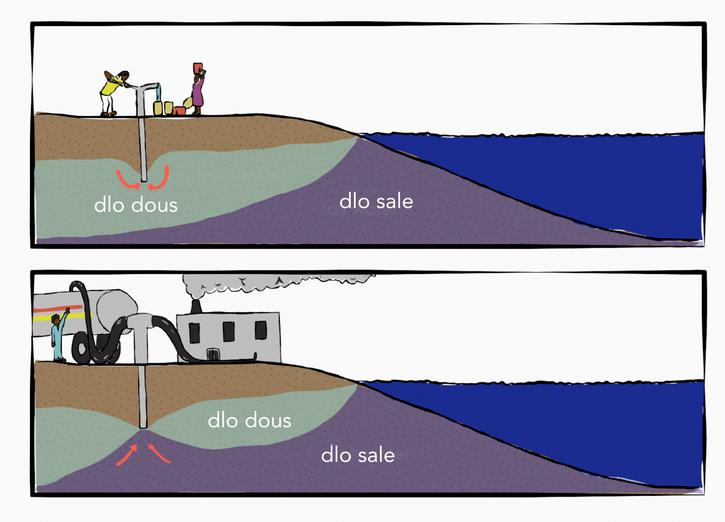
Salt water intrusion On the coast, salty water often lies beneath a fresh-water aquifer. If too much fresh water is extracted from the ground, salt water moves in to take its place.
 Salty water
Salty water
The Cul de Sac Plain aquifer that supplies Port-au-Prince's 3 million inhabitants is increasing in salinity by 3% a year.
SOURCE PNUEEutrophication
Garbage can kill local wildlife, while human and animal waste fills waters with excess nitrogen and phosphorus. This can lead to
 TESTE KONESANS OU
TESTE KONESANS OU
The greenhouse effect
Perhaps the most serious human threat to coasts comes from
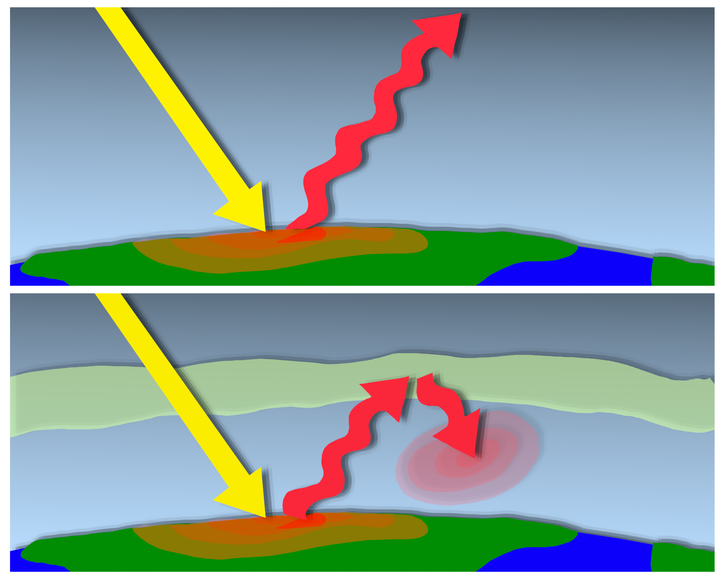
Greenhouse effect The earth is warmed by sunlight (top) and cooled when the earth reflects some heat back out into space as infrared radiation. Greenhouse gases like carbon dioxide (bottom) allow sunlight to pass through, but reflect infrared radiation back into the earth, warming the planet even more.
Since 1880, the earth's temperature has risen about 1°C. This may not sound like much but that extra energy causes many significant changes to the climate all over the world. Extreme weather events are now more common, leading to both frequent drought and stronger storms. In 2022, Pakistan was hit by floods that covered a third of the country, while parts of the United States faced extreme drought. Ice in the Arctic and Antarctic is disappearing rapidly, and scientists predict that in a decade, summers in the Arctic will be entirely ice free.
 Climate change in the future
Climate change in the future
Computer modelling predicts that by 2100 hurricanes hitting Haiti will be 5% to 10% stronger, and that temperatures may increase by another 2°C.
SOURCE USAIDClimate change today
It is common to talk about climate change as if it was a problem for the future, but there are already many signs of it today.
- Warming temperatures are causing some plants to produce more pollen, extending allergy seasons, a major health threat for asthma sufferers.
- Some researchers argue that the bloody civil war in Syria was caused partly by an unusual drought that led to social unrest.
- Heatwaves and drought have forced up the price of food around the world.
- The world's largest lakes and rivers are drying up; today the Colorado River, that formed the Grand Canyon in the United States, doesn't even reach the sea.
 Climate change today
Climate change today
Haiti's rainy season begins three months later than it used to, and precipitation is becoming more erratic, with periods of drought followed by heavy rains.
SOURCE Oxfam TESTE KONESANS OU
TESTE KONESANS OU
Climate change is affecting the ocean in three important ways:
Ocean acidification
The carbon dioxide produced by humans doesn't just affect the atmosphere. Some of it is absorbed into the oceans. There it mixes with the water to form a kind of acid in a process called
Other species are affected by ocean acidification in different ways. For example, tropical fish depend on coral as a feeding ground and for protection from predators. There is also evidence that ocean acidification makes fish sluggish, reacting more slowly to predators. If weak and unprotected species disappear, an entire food chain could collapse, destroying important economic fish stocks.
Ocean warming
The oceans not only absorb carbon, they also absorb 90% of the heat created by global warming. The average temperature of the ocean has been steadily increasing. The last decade was the warmest on record for oceans.
- The extra energy fuels stronger storms
- Algae that live inside coral structures, feeding the coral polyps and giving the coral its distinctive colors, are expelled. Sometimes coral can survive
coral bleaching , but other times it dies. - Warm water expands, similar to metal on a hot day, contributing to sea level
Sea level rise
As global temperatures rise, snow and ice in different parts of the world melt, adding more water to the ocean. Combined with the expansion of warm water, these two factors cause the level of the world's oceans to rise. Observations show that on average the sea has risen by about 24 centimeters since 1880, and the rate of increase has doubled since 1993. Some researchers say a
 Predicted sea level rise
Predicted sea level rise
In Haiti sea levels are predicted to rise between 13 and 40 centimers as early as 2030.
SOURCE USAIDWhile sea levels rise, many coastal communities are actually sinking. Dams, dykes and levees built to protect coastal communities cause the land to dry out. Extracting groundwater has a similar effect. Drier ground shinks, like clothes after you squeeze water out of them, and this causes
As with temperature, the rates of sea level rise and land subsidence may sound small, but they have an outsized effect on coastal regions. This is because of the horizontal slope of land: a small increase in height translates into a large distance inland. And while the sea may not creep inland very far on a calm day, the extra height makes it easier for waves to breach the tops of barriers during a storm, a phenomenon known as
 TESTE KONESANS OU
TESTE KONESANS OU
The impacts of climate change that we have discussed are a problem for all countries with coastlines, but islands like Haiti are especially vulnerable. In Haiti, nobody lives more than 100 kilometers from the sea, and there are few places to move if a coastal community becomes unliveable. In 2015, world leaders gathered for the
 IPCC
IPCC
"Increasing warming amplifies the exposure of small islands, low-lying coastal areas and deltas to the risks associated with sea level rise for many human and ecological systems, including increased saltwater intrusion, flooding and damage to infrastructure. Risks associated with sea level rise are higher at 2°C compared to 1.5°C. The slower rate of sea level rise at global warming of 1.5°C reduces these risks, enabling greater opportunities for adaptation including managing and restoring natural coastal ecosystems and infrastructure reinforcement."
SOURCE IPCCSadly, those warnings were not heeded. In 2022, the UN stated it does not think the world will meet this target, effectively condemning islands to catastrophic change. It is now up to islands like Haiti to prepare for that change.
Flooding and erosion on islands
Alexandre Magnan studies the effects of sea level rise on coastal communities in the Pacific. Listen to him discuss how climate change is leading to erosion and flooding on small islands today.
Extreme weather and coastal agriculture
Sebastian Weissenberger is an environmental scientist who has studied the effects of climate change on coastal communities in Africa, Canada and Haiti. Here he talks about the effects of extreme weather and water flows on coastal livlihoods.
 TESTE KONESANS OU
TESTE KONESANS OU
- Document how your coastline has changed.
- How much does climate change (coastal change) affect social unrest, other problems in your community?
Tab matyè
- The human threat
- Urbanization
- Salt Water Intrusion
- Eutrophication
- Tès
- Global warming
- The greenhouse effect
- Climate change today
- Tès
- The changing oceans
- Ocean acidification
- Ocean warming
- Sea level rise
- Tès
- 1.5 to stay alive
- What the experts say
- Flooding and erosion on islands
- Extreme weather and coastal agriculture
- Tès
- Data
- Tell your story
